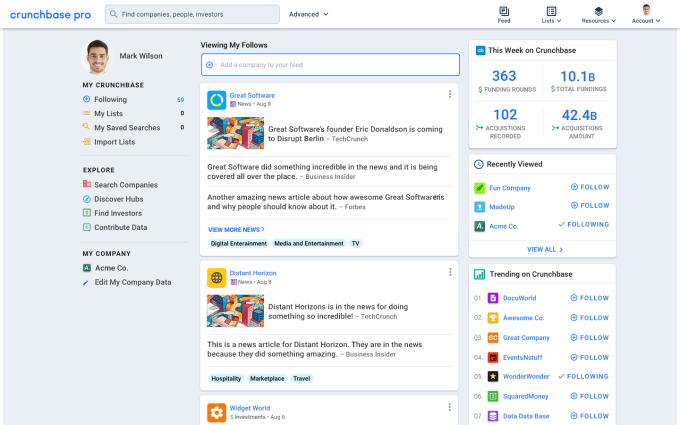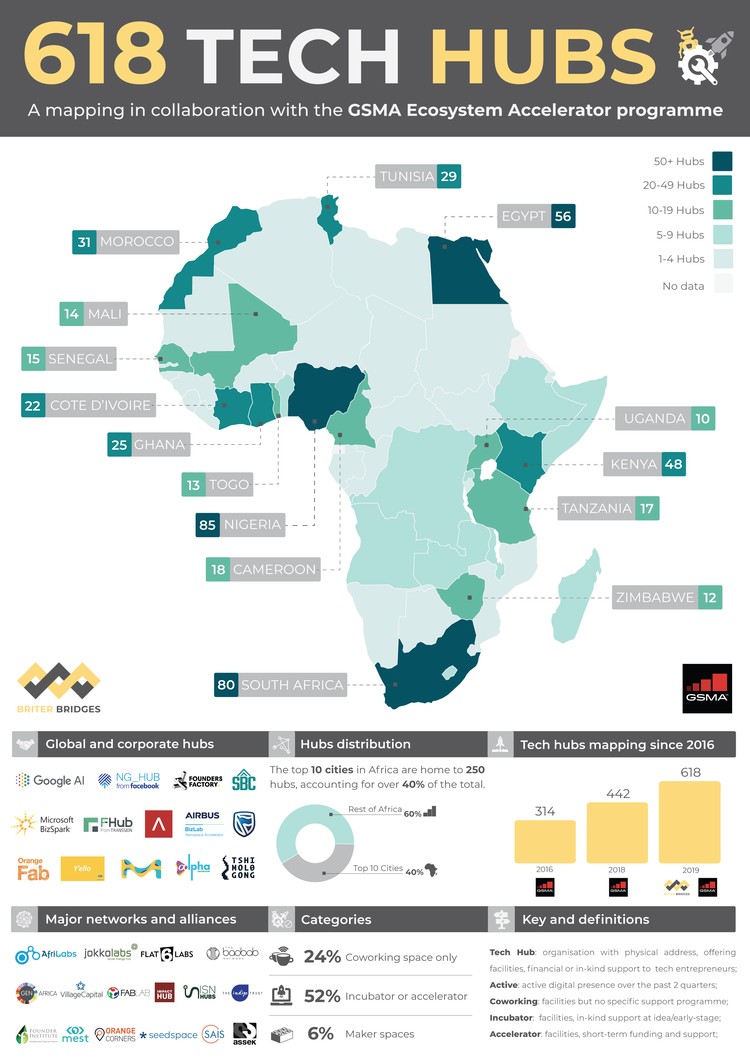
In the past, going to work meant slaving away for hours at a time without taking a moment for yourself.
And, more often than not, it felt like you were trading meaningful life moments for tedious work tasks.
Today, however, employees and companies are improving working conditions through one health trend: mindfulness.
The word “mindfulness” has been thrown around a lot recently by fitness gurus and celebrities, but many are still confused as to what it really is.
So what is mindfulness, anyway?
Looking at a definition by the University of California, Berkeley, mindfulness is the ability to maintain a moment-by-moment awareness of our thoughts, feelings, bodily sensations, and surrounding environment, through a gentle, nurturing lens.
By using techniques to practice mindfulness, especially at work, you can reduce stress, boost your immune system, and improve your productivity.
10 Mindfulness techniques
So, in order to help you reach your full unicorn potential, here are 10 mindfulness techniques to practice at work!
1. Set an intention at the beginning of every day.
In order to set yourself up to have a successful day, you should write down an intention to keep you focused.
Your intention could be a work goal or something more personal, such as “I will look at every obstacle today as a positive learning experience.”
You can either write the intention down on a Post-It note and stick it on your computer, or you can repeat it to yourself while at work.
By doing this, you get to keep a mental mantra to help you get through the day. This mindfulness technique also prompts you to check in with yourself and consider behaviors that you can change to become more in-tune with yourself.
2. Make your work meaningful.
It can be hard to be mindful during work if you don’t enjoy your job.
That’s why you need to find purpose in what you do.
Take a moment to reflect: why did you decide to apply for the job?
What moments during the day bring you joy?
Grab a piece of paper and write a list of things that make your work meaningful.
This way, when you’re having a hard day, you can look back at the list and remind yourself what you get up for every day.
3. Learn how to be present.
No matter what type of environment you work in, it’s easy to simply go through the motions of a job without thinking.
When you find yourself daydreaming or drifting away from your work, take a break to check in with your surroundings.
There are a few questions that you can use to ground yourself and become present in the moment. What is one task that you can work on? What’s going on around you; who’s there, what are they up to, what noises do you hear? What have you accomplished so far today?
Taking the time to observe yourself and your work will recenter you, boosting concentration and giving you a second wind to finish the day strong.
4. Take a meditation break.
Stressed out? Meditate it out.
Although mindfulness is typically about being attuned to your thoughts, sometimes you need to clear your mind to focus on what’s important.
Take a ten-minute break during the day to go sit outside and listen to a quick podcast or meditation app to reset your mind.
Once you return to work, you will feel refreshed and ready to get back on task.
5. Focus on one task at a time.
Have you ever tried to do three things at once? When you do, are any of the tasks done well?
Probably not.
It’s important to focus on one thing at a time when practicing mindfulness.
When you try to do too much work at once, you become overwhelmed and arent able to complete any of the assignments to the best of your ability.
Start by making a list of tasks to complete, ordering them by importance.
Then, once you’re leaving work to head home, you will be able to look back at the day feeling fulfilled.
6. Practice having a growth mindset.
Every successful unicorn has one thing in common: they all have a growth mindset.
Instead of saying that you cannot change, work to improve your skills and life.
Of course, this is easier said than done.
In order to practice a growth mindset, try setting small goals for yourself.
It’s also important, though challenging, to find and acknowledge your weaknesses; this gives you the vantage point to shut down that self-critical voice that can sometimes hold you back.
Enforcing a growth mindset will help you be more mindful of your everyday behavior while improving your self-esteem both in and outside of work.
7. Embrace your feelings.
Sometimes people mistake mindfulness with a constant feeling and expression of peace and happiness.
But let’s be real: can anyone be happy all the time?
Having emotions, even negative emotions, is a normal and common part of life. Most days, people go through multiple different emotions. That’s why, when you’re practicing mindfulness, it is important to learn how to embrace your feelings
It’s difficult, but acknowledging your emotions – simply sitting with them and telling yourself “I am feeling angry right now” – is the first step to letting the feeling pass.
If you try to ignore your emotions or push them away, they will continue to bother you, affecting your productivity and, more importantly, hurting your well being.
This mindfulness technique is useful for stressful days at work. Embrace your stress and then continue practicing other mindfulness techniques, like meditation, to release the emotion and get back on track.
8. Take lunch to eat lunch.
Many people will take a break to grab a quick bite — but then sit down to eat it while they continue working.
Before they know it, that 30-minute break is over and they haven’t finished their meal or work.
Just take your lunch break to eat lunch.
Don’t look at your phone, don’t think about work, and don’t read any emails!
Using your lunch break to relax and eat lunch helps recharge you and gives you an energy boost. Checking out for a moment will only help improve your focus once you’re back at work.
9. Stretch.
Mindfulness isn’t just about being in tune with your thoughts — it’s about being aware of your physical body too!
Whether you work on a computer or are on your feet all day, take a break and stretch.
Pay special attention to the parts of your body that ache or feel tight, so that way you can continue to care for yourself after returning to your desk.
10. Write down your accomplishments.
Sometimes you don’t realize how much you accomplished at work until you actually write down all of the positive things that happened.
Take a moment before heading home to run through your day and jot down any successes you had. This will make you feel better about your day, your productivity, and your purpose. It allows you to breathe and release the day so you don’t spend your evening worrying about it.
Don’t forget to leave your list of accomplishments on your desk to read the next morning, immediately setting yourself up for another successful day!
Practicing Mindfulness at Work is Easy
Sometimes, work is stressful. We’ve all been there; the days are long, work piles up, and it can feel like it’s never going to get done!
But with these 10 easy mindfulness techniques, you’re well set up to have a productive day at work that’s also productive for your mental health.
Taking into account your own health and well being is the first step to producing good work, and mindfulness is a great first step to get there!
Republished by permission. Original here.
Image: Depositphotos.com
This article, "Want Mindfulness Options for your Employees? Try These 10 Tips" was first published on Small Business Trends











